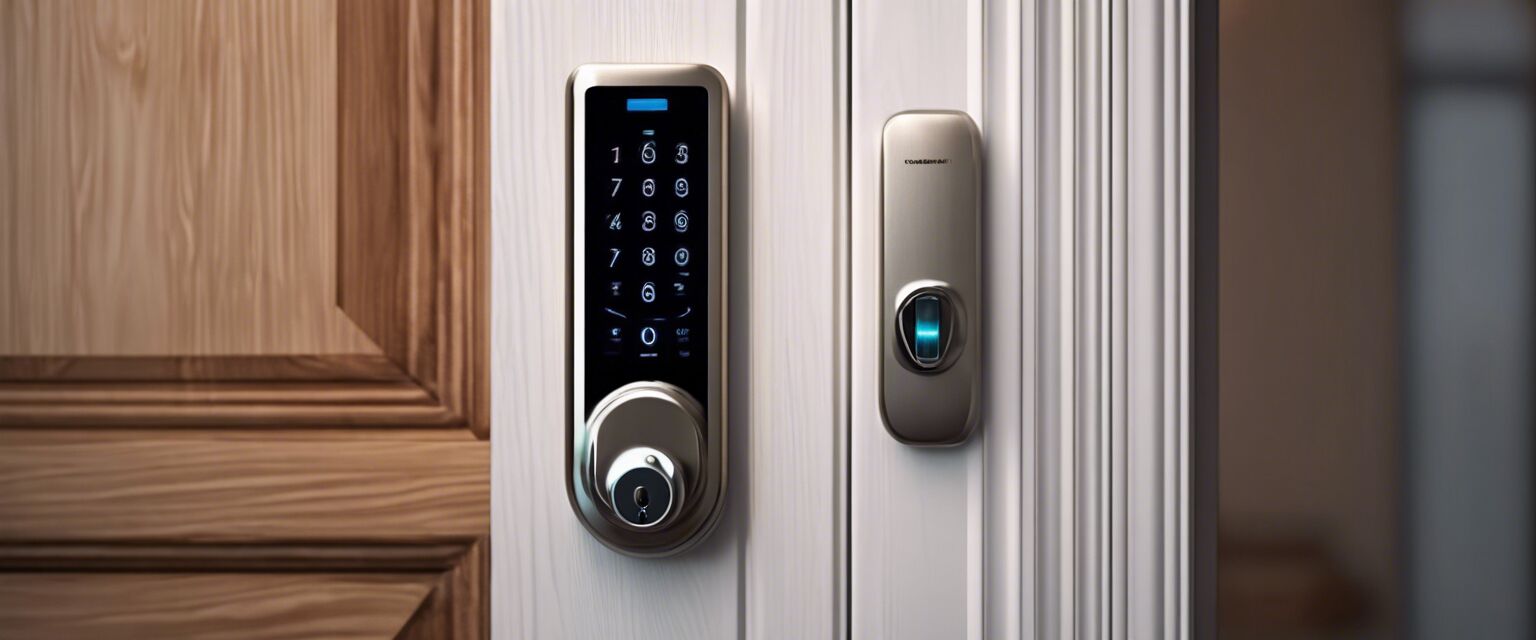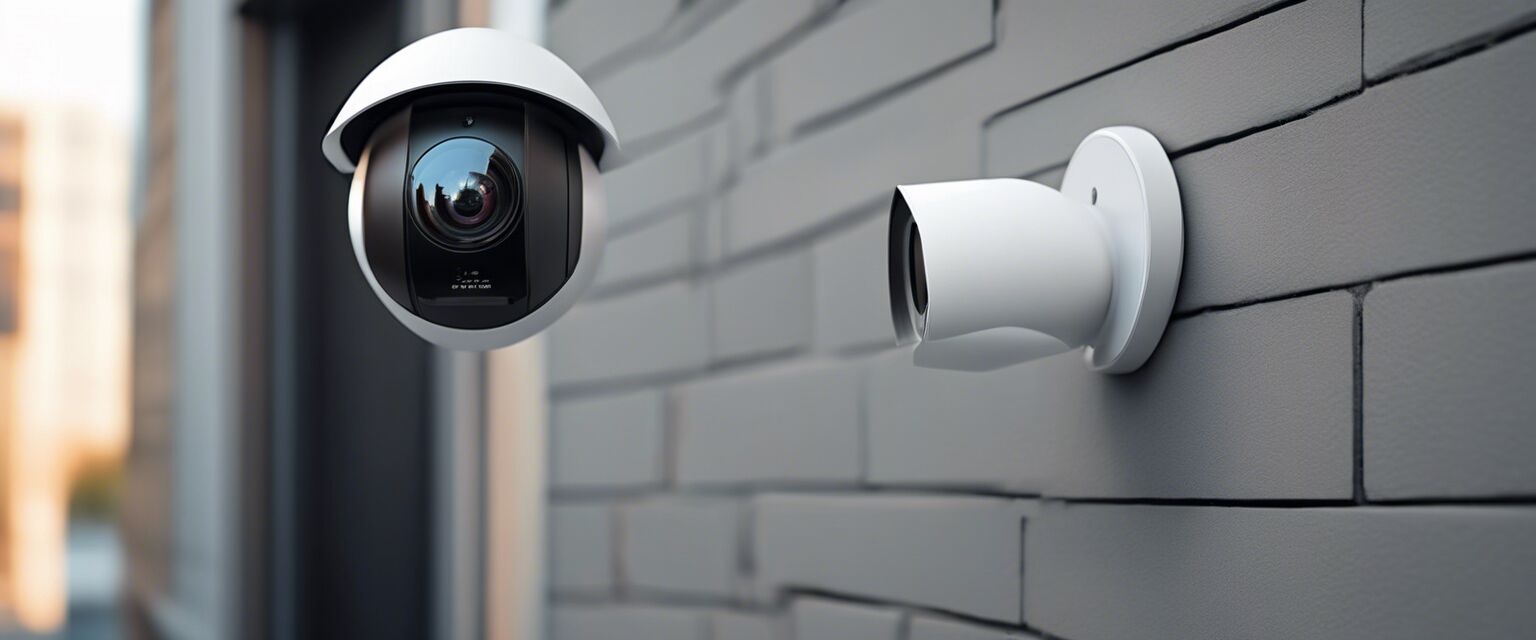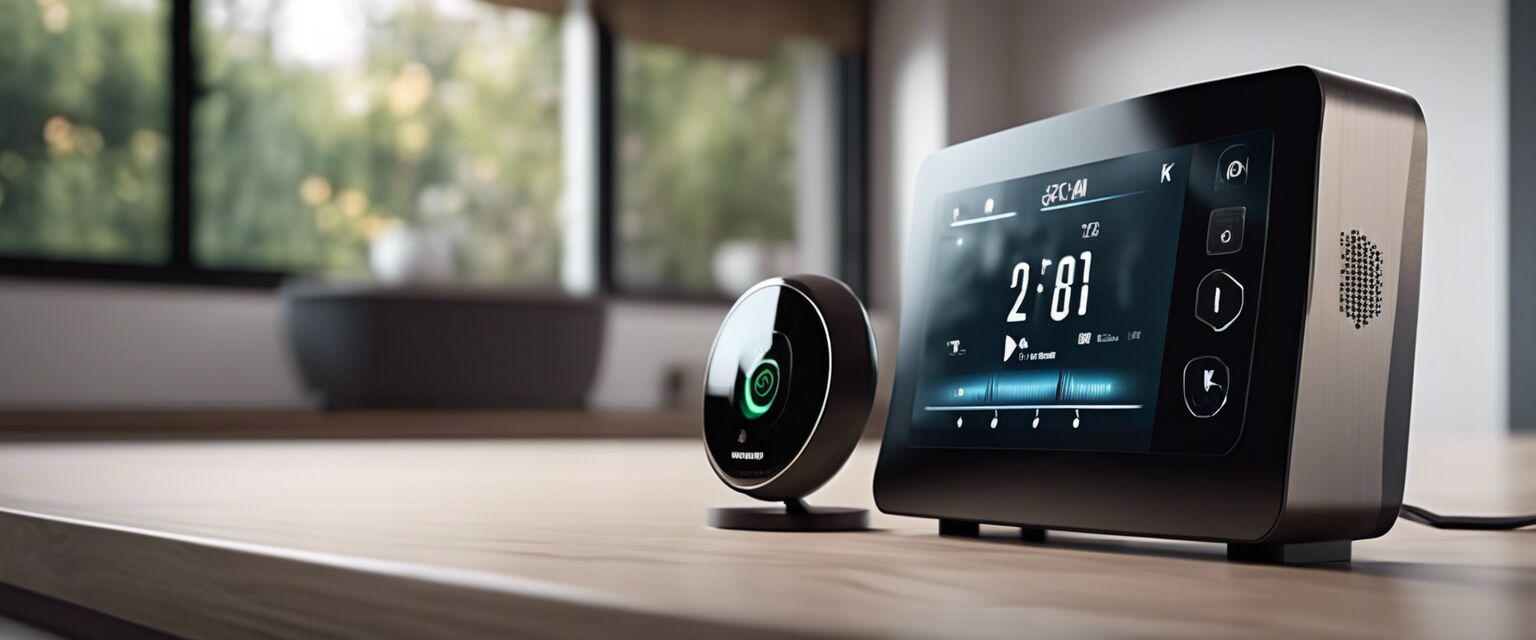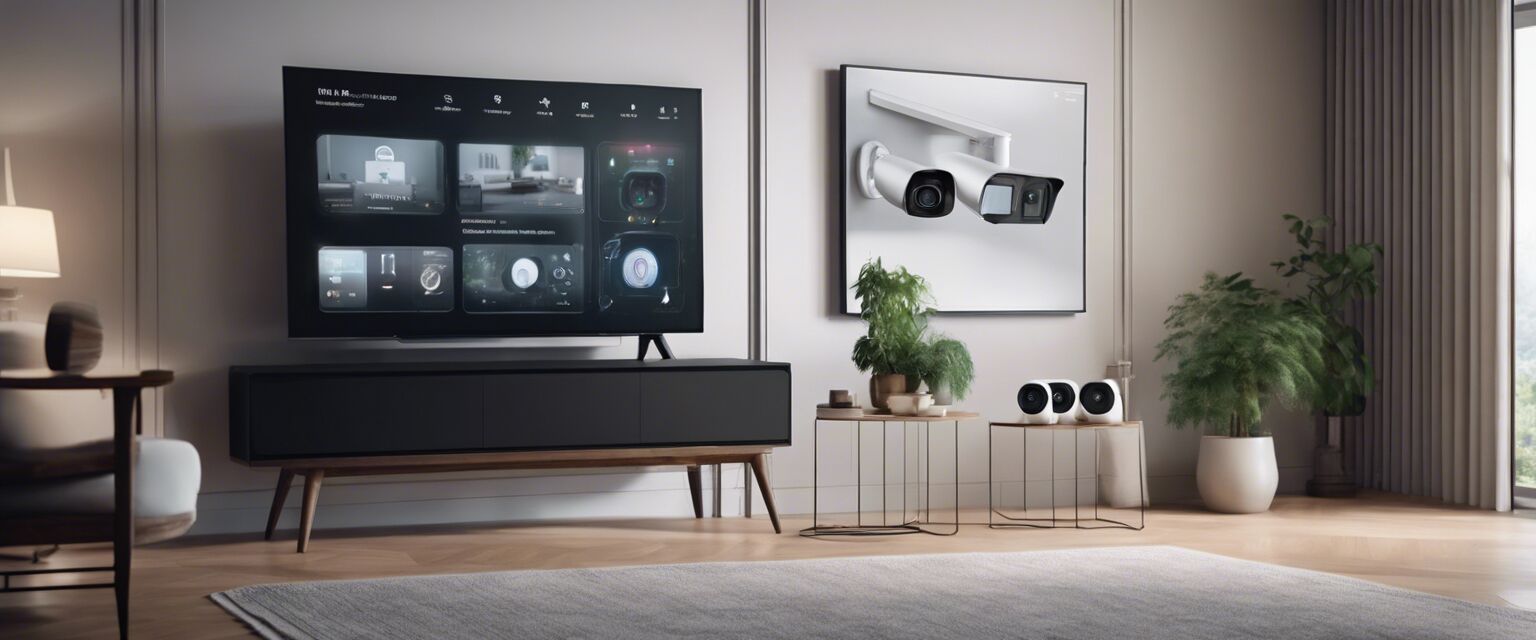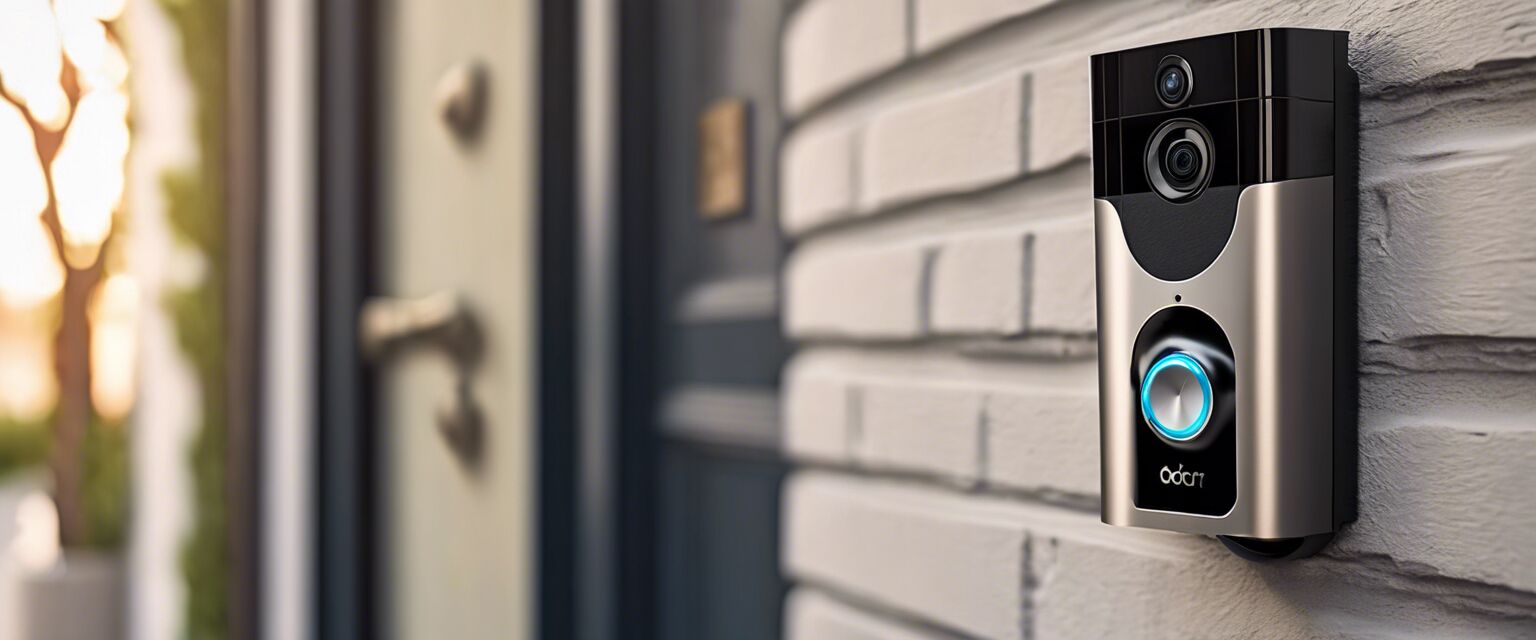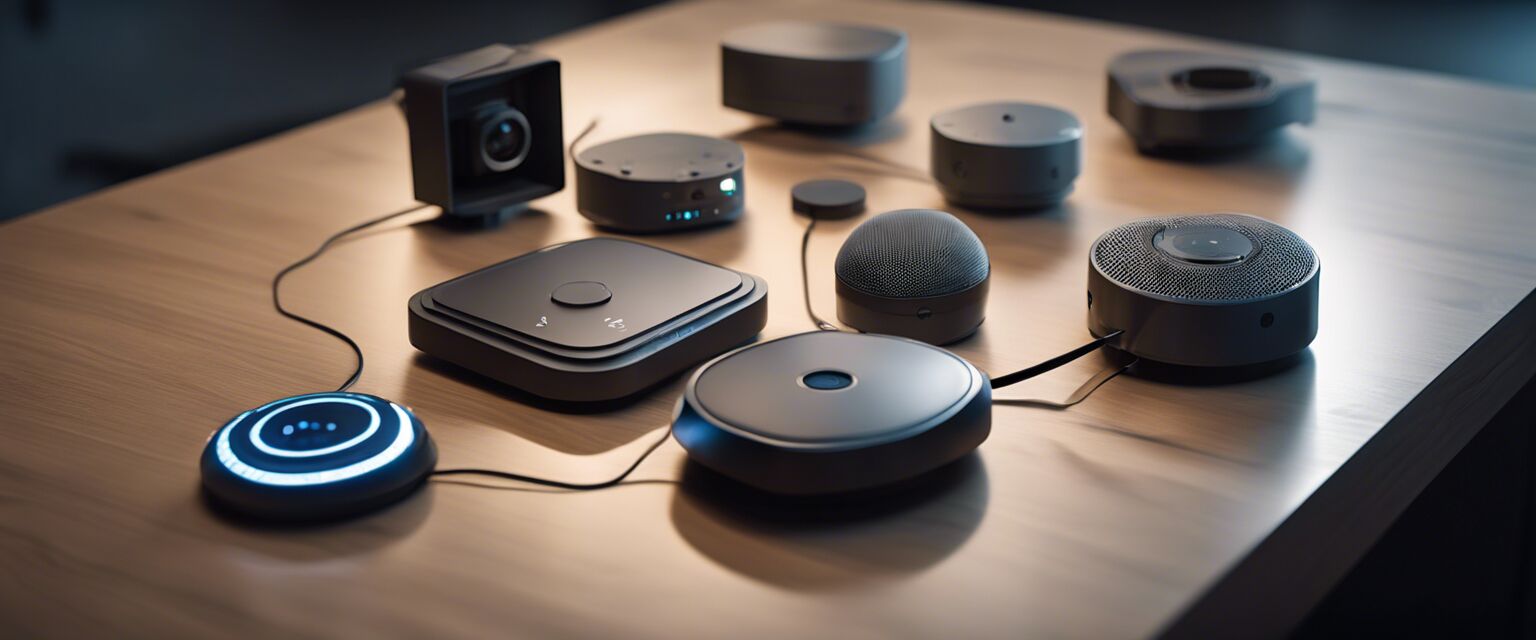
Smart Home Security
Smart Home Security Systems Overview
Key Takeaways
- Smart home security systems enhance safety and convenience.
- They include various devices such as cameras, sensors, and smart locks.
- Integration with home automation systems is crucial for comprehensive security.
- Remote monitoring and control are significant advantages.
With advancements in technology, smart home security systems have become essential for homeowners looking to enhance their safety. This guide provides a comprehensive overview of these systems, their components, and the benefits they offer. Understanding how these devices work together can help you make informed decisions when securing your home.
What are Smart Home Security Systems?
Smart home security systems are integrated setups that allow homeowners to monitor, manage, and secure their properties remotely. They include a range of devices, including:
- Surveillance cameras
- Motion sensors
- Alarm systems
- Smart locks
- Security lighting
- Video doorbells
Components of Smart Home Security Systems
| Component | Description | Benefits |
|---|---|---|
| Surveillance Cameras | Devices that capture video footage of your property. | Remote monitoring and deterrence of theft. |
| Motion Sensors | Detect movement inside or outside the home. | Immediate alerts and increased security. |
| Alarm Systems | Audible alerts that notify homeowners of breaches. | Instant response to threats and intrusions. |
| Smart Locks | Keyless entry systems that enhance access control. | Increased convenience and security. |
| Security Lighting | Outdoor lights that activate based on motion. | Deterrent for intruders and enhanced visibility. |
| Video Doorbells | Doorbells with integrated cameras for monitoring visitors. | Improved visitor management and security. |
Benefits of Smart Home Security Systems
Investing in a smart home security system provides numerous advantages:
- Enhanced Security: Monitor your property in real-time.
- Remote Access: Manage your security from anywhere via smartphone apps.
- Automation: Integrate with other smart home devices for seamless operation.
- Increased Awareness: Receive alerts for unusual activities.
How to Choose the Right System
When selecting a smart home security system, consider the following factors:
- Compatibility: Ensure devices work together smoothly.
- Scalability: Choose a system that can grow with your needs.
- Ease of Use: Look for user-friendly interfaces and apps.
- Budget: Assess your spending capacity while considering long-term benefits.
Popular Smart Home Security Devices
Here are some common devices used in smart home security systems:
| Device Type | Features | Price Range |
|---|---|---|
| Surveillance Cameras | HD video, night vision, two-way audio | $50 - $300 |
| Smart Locks | Keyless entry, remote locking, access logs | $100 - $300 |
| Alarm Systems | 24/7 monitoring, mobile alerts, emergency response | $150 - $500 |
| Video Doorbells | Live view, motion alerts, cloud storage | $100 - $250 |
Integrating with Home Automation Systems
Smart home security systems work best when integrated with home automation systems. This allows for:
- Automated responses to security breaches.
- Integration with smart lighting for enhanced visibility.
- Communication with other smart devices.
Remote Monitoring and Control
With the rise of mobile technology, homeowners can now monitor their properties from anywhere. This includes:
- Accessing live video feeds.
- Receiving instant alerts on suspicious activities.
- Controlling locks and lights remotely.
Image Example
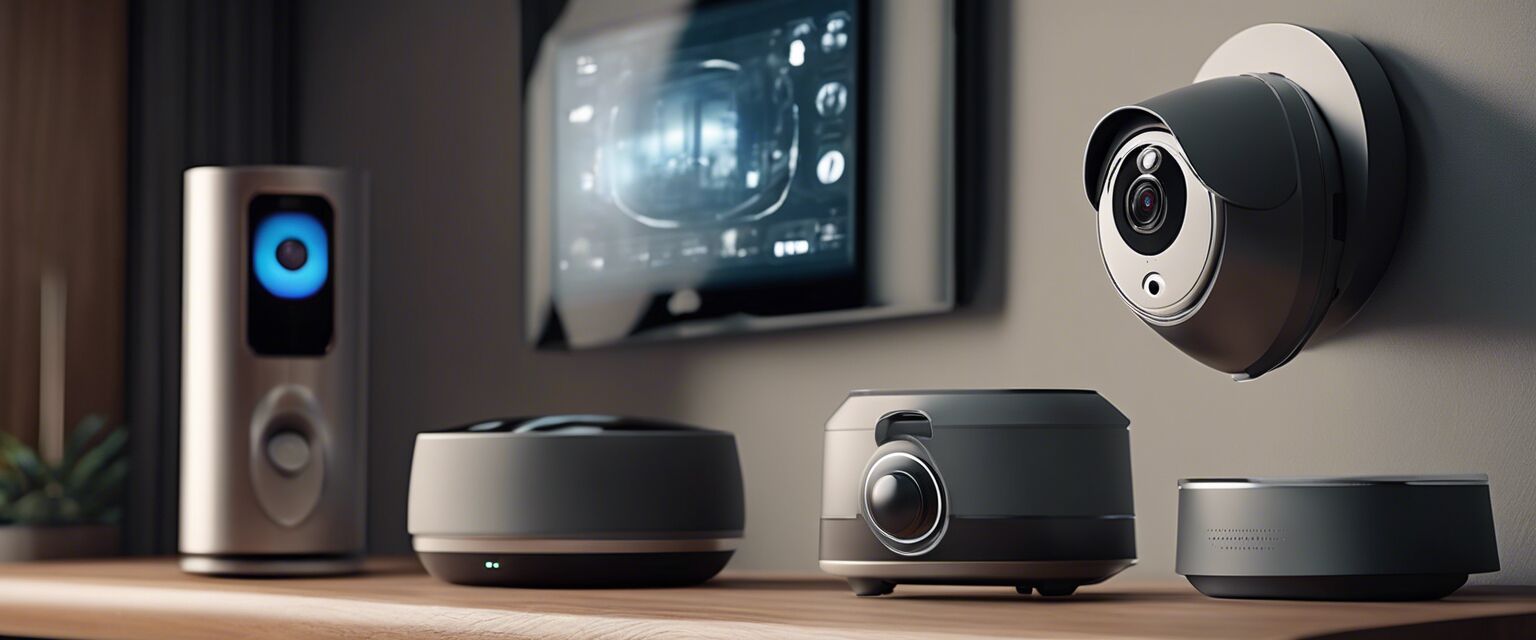
Conclusion
Smart home security systems are an essential investment for modern homeowners. They provide enhanced security, convenience, and peace of mind. By understanding the components and benefits of these systems, you can make informed decisions to protect your home.
Tips for Beginners
- Start small with a few key devices and expand over time.
- Research and read reviews on different systems.
- Consider professional installation for complex setups.
- Test the system regularly to ensure it functions properly.
Pros
- Increased security and safety for your home.
- Remote access to monitor your property.
- Integration with other smart home devices.
- Customizable alerts based on your preferences.
Cons
- Initial setup costs can be high.
- Dependence on internet connectivity.
- Potential privacy concerns with data storage.
Explore More!
For more information on enhancing your home security, check out our other guides:
- Alarm Systems
- Home Automation Systems
- Motion Sensors
- Security Lighting
- Smart Locks
- Surveillance Cameras
- Video Doorbells
Final Thoughts
Smart home security systems are more than just gadgets; they represent a significant step towards a safer and more convenient living environment. By leveraging technology, you can take proactive measures to protect your home and loved ones.

